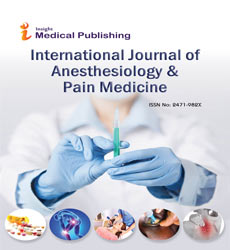Abstract
Mediastinal Mass in SARS-COV-2 Pandemic: A Word of Caution-A Mini Review
The emergence of the highly-infectious novel coronavirus SARS-CoV-2 in December 2019 has prompted many epidemiological, clinical, and radiologic studies to define the characteristic of this new disease (COVID-19). Further research is still needed to keep improving the approach to the patient, the diagnostic work-up, as well as COVID-19 therapeutic options.
COVID-19 can present with a wide variety of signs and symptoms, ranging from a mild dry cough to severe respiratory, neurologic, and vascular complications requiring prolonged hospitalization. Among these known manifestations, this review focused on the available literature on mediastinal lymphadenopathy, which should no longer be considered rare, but rather an atypical characteristic of COVID-19 patients. The correct clinical and radiologic evaluation of these masses may help to avoid unnecessary invasive investigations, such as a CT-guided mediastinal biopsy, in COVID-19 affected patients.
In our experience, newly-discovered mediastinal masses should be re-evaluated after COVID-19 resolution, as they may not be an incidental malignant finding, but rather an inflammatory response to SARS-CoV-2 infection that may resolve spontaneously.
Author(s):
Alessandro Baisi
Abstract | Full-Text | PDF
Share this

Google scholar citation report
Citations : 107
Abstracted/Indexed in
- Google Scholar
- China National Knowledge Infrastructure (CNKI)
- Directory of Research Journal Indexing (DRJI)
- WorldCat
- International Committee of Medical Journal Editors (ICMJE)
- Secret Search Engine Labs
Open Access Journals
- Aquaculture & Veterinary Science
- Chemistry & Chemical Sciences
- Clinical Sciences
- Engineering
- General Science
- Genetics & Molecular Biology
- Health Care & Nursing
- Immunology & Microbiology
- Materials Science
- Mathematics & Physics
- Medical Sciences
- Neurology & Psychiatry
- Oncology & Cancer Science
- Pharmaceutical Sciences

